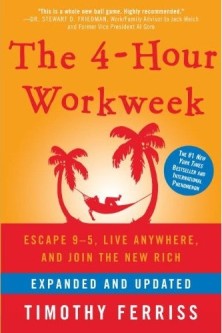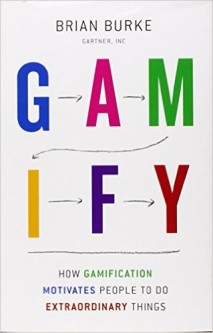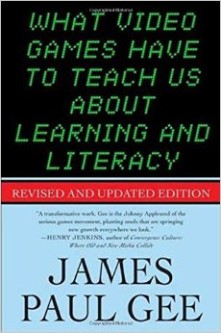 You all, I think this guy may be a sociopath. And he wants me to join him.
You all, I think this guy may be a sociopath. And he wants me to join him.
This book is exactly what the title suggests: a (supposed) guide to working just a few hours per week and joining what the author Tim Ferris calls “the new rich.†Ferris sets out to teach you how to “DEAL†–Define your financial goals, Eliminate stuff that will interfere with them, Automate income, and Liberate yourself to travel the world. Yeah, it’s that kind of book.
I was grossed out right off the bat. Ferris starts off with the hard pitch, telling you about all the ridiculously wonderful things he has done in his life, how much money he has coming out of his ears, and how super awesome things are for him –and how he can help you have a super awesome life if you’re pumped up enough to do what’s right for you and seize this amazing new opportunity! Everything about the tone of it made me think I was listening to the Shamwow guy strut around on a stage.
He tones it down after the introduction, but it’s clear that Ferris is recommending a “take care of numero uno at all costs†kind of approach to life. In fact, he comes across as a straight up scumbag in places and he has credibility problems as a result. He often tells you to only look out for yourself and break certain social contracts, especially as they relate to work. Some examples:
- Negotiate a work at home agreement, then travel the world when everyone else thinks you’re working at home.
- Avoid getting assigned work or interacting with people by “training†coworkers to not interact with you
- Hold back your best work performance for your work at home days so it looks like you’re more productive when working remotely
- Start a side business on company time
- Test market a new product by placing Google adword ads, then just take people to a “page under construction”
- Use loopholes in rules to win –-in his case, a kickboxing tournament in China.
And so on. One of the net results of all this is that I don’t trust him at all and would want nothing to do with him if I met him.
But then again, maybe trust isn’t a necessary ingredient here. Instead, Ferris heaps on more advice, tips, tools, testimonials exercises, and product recommendations than I’ve seen so far in this exercise. The book aims to be a practical workbook for achieving the lifestyle the author (supposedly) has. It throws so much against the wall, everyone is guaranteed to find something useful or at least thought provoking. You will find something to try or change, and you will be told exactly how Ferris thinks you should do it. I, for example, actually took away a few new ideas for time management and prioritizing work. I also found his chapter on oursourcing tasks to virtual personal assistants in India fascinating and practical in a crazy, outside the box kind of way.
So despite sounding like the lovechild of motivational speaker and the ShamWow guy, you can’t say that Ferris is just throwing around empty platitudes. The book is replete with practical, clear, and doable advice and tools. Along with the “get rich easy†promise, I can see why this made the book so successful.
 I admit it: as someone who blabs on about the psychology of video games and as someone who is an industrial-organizational psychologist, I should know more about gamification. But I don’t. So I picked up this book.
I admit it: as someone who blabs on about the psychology of video games and as someone who is an industrial-organizational psychologist, I should know more about gamification. But I don’t. So I picked up this book. Sometimes it’s good to read something outside your area of expertise and comfort zone. WHAT VIDEO GAMES HAVE TO TECH US ABOUT LEARNING AND LITERACY is first about the academic study of learning and education, second about linguistics, and a distant third about video games. I’m only knowledgeable about one of those things, but I still got a lot out of it.
Sometimes it’s good to read something outside your area of expertise and comfort zone. WHAT VIDEO GAMES HAVE TO TECH US ABOUT LEARNING AND LITERACY is first about the academic study of learning and education, second about linguistics, and a distant third about video games. I’m only knowledgeable about one of those things, but I still got a lot out of it.